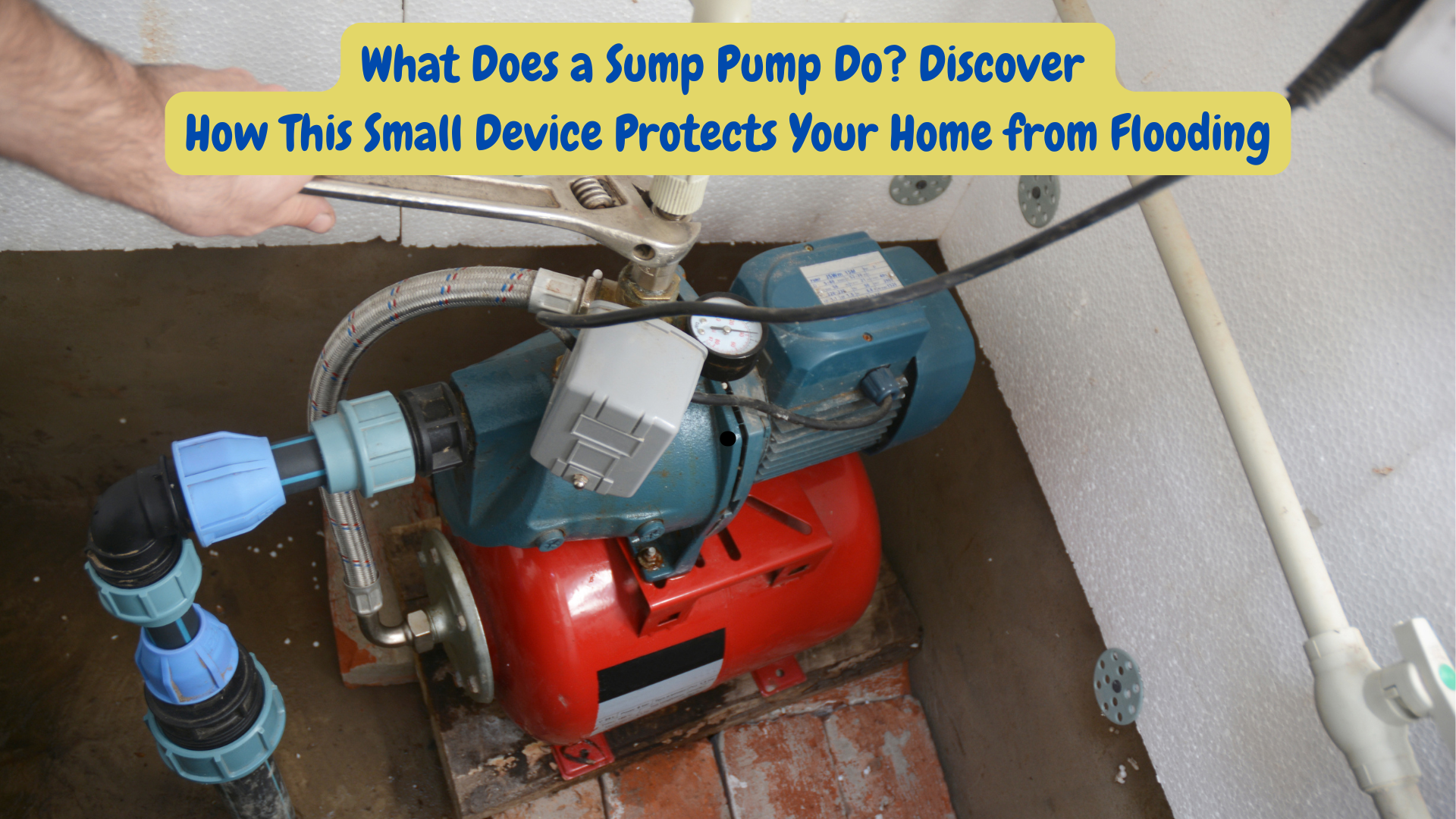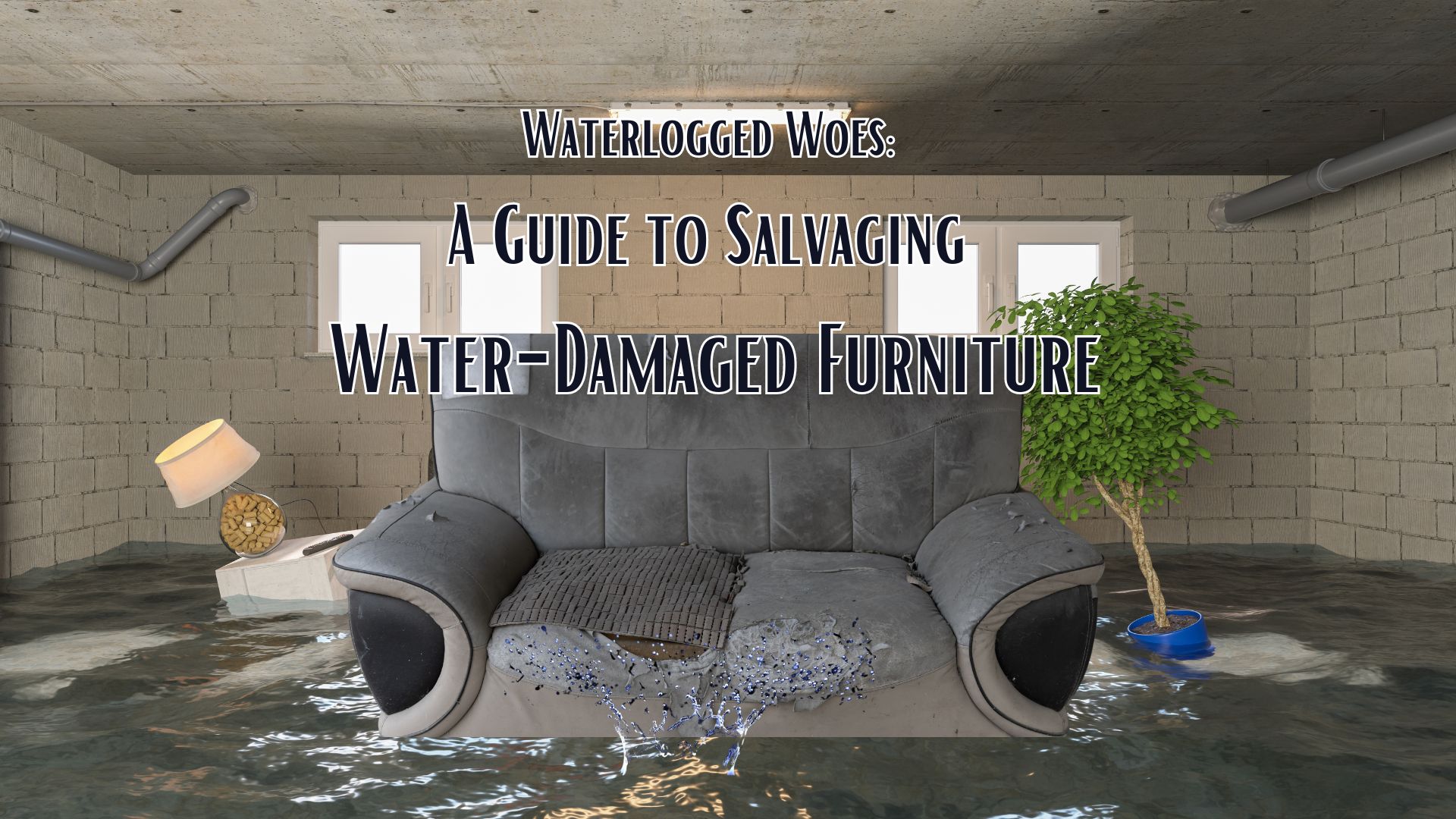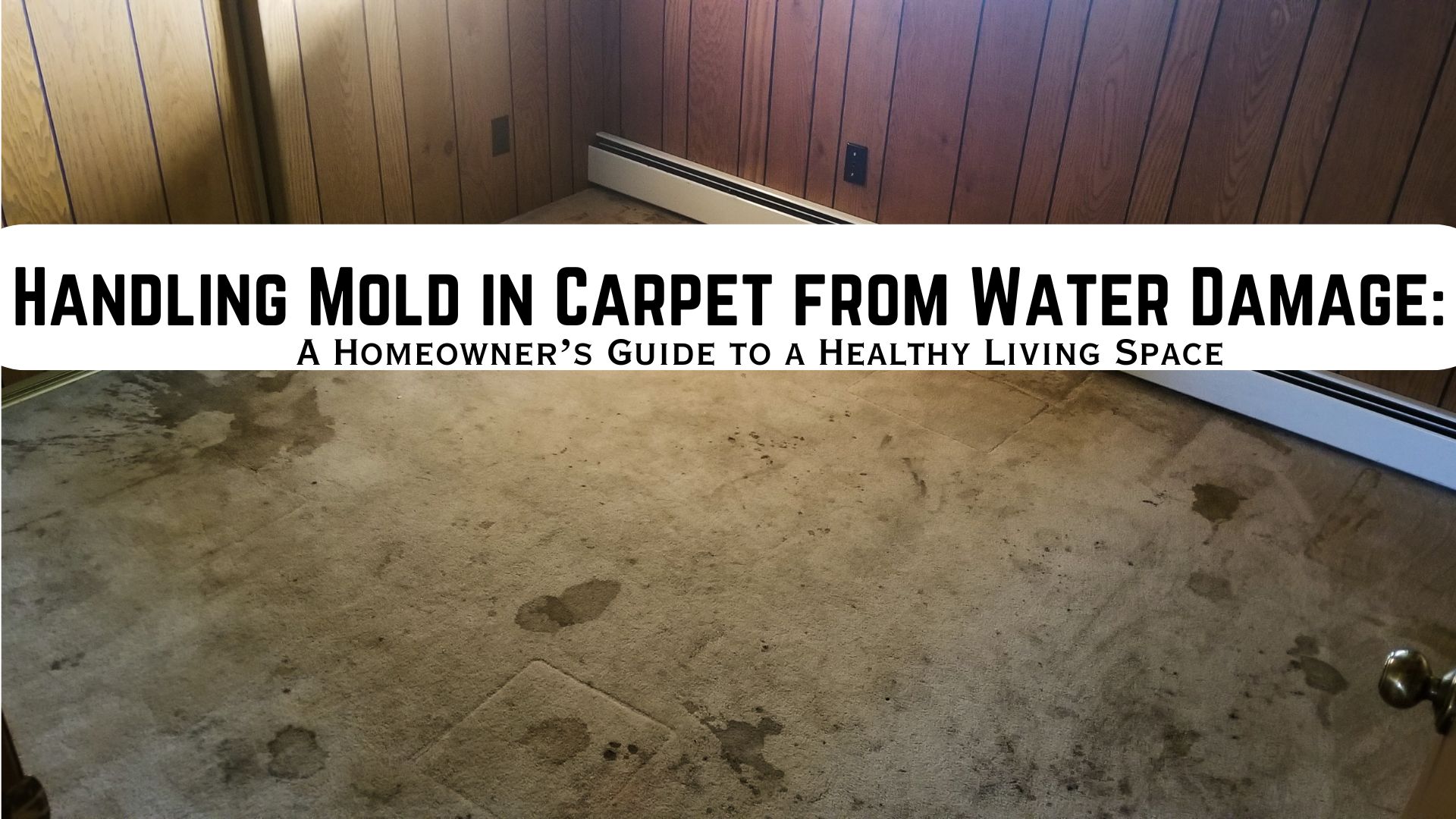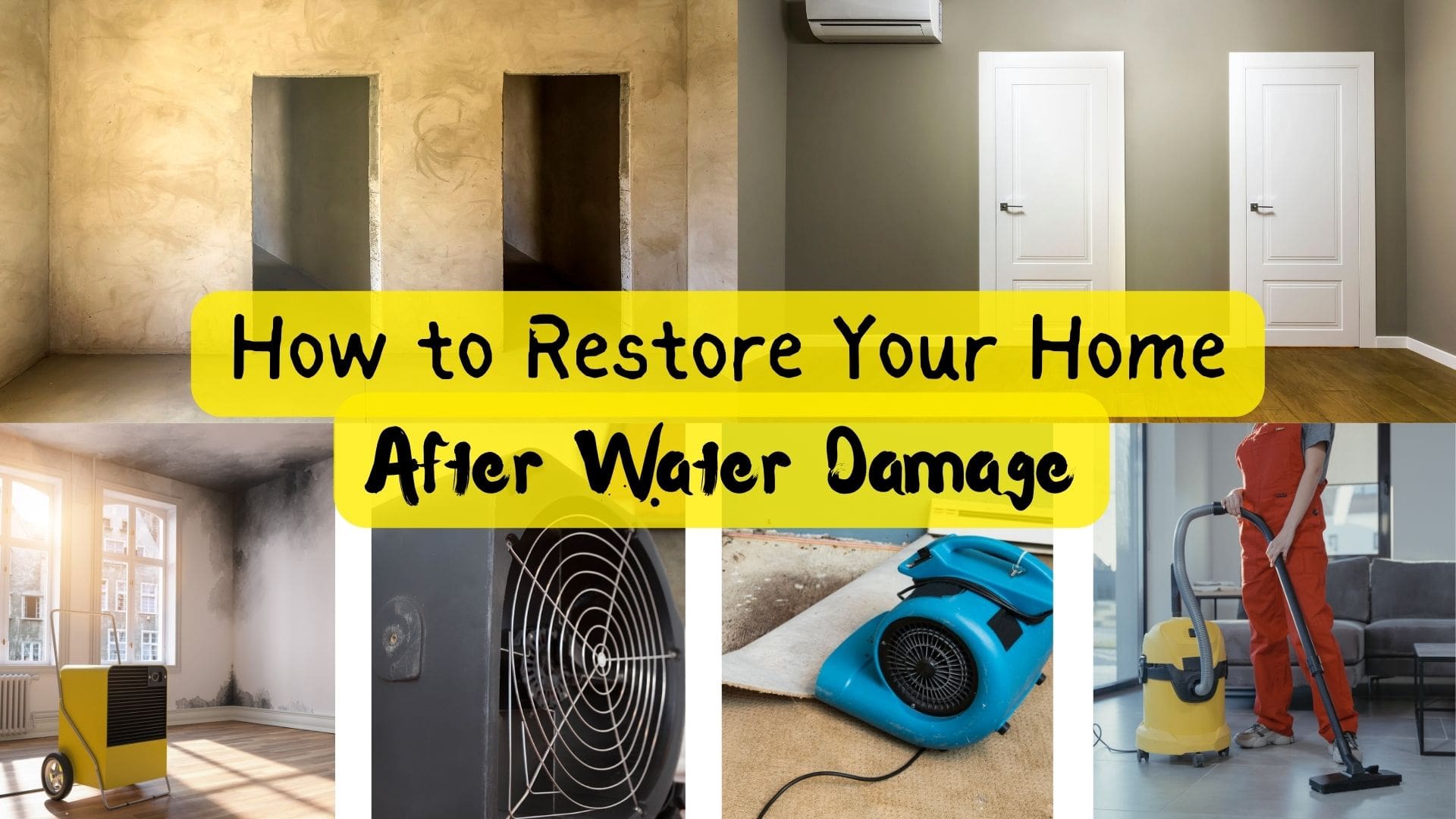
This comprehensive guide will walk you through the steps to restore your home after water damage, ensuring you prevent further harm and preserve your property’s structural integrity.
Water damage in your home is often a homeowner’s nightmare. And it can happen for various reasons, from burst pipes and leaky appliances like washing machines to natural disasters. Regardless of the cause, the key to minimizing the damage and restoring your home is acting swiftly and thoroughly.
Assessing the Situation
Before diving into the restoration process, it’s crucial to assess the extent of the damage and understand the type of water you’re dealing with. This assessment will dictate your next steps and help ensure a successful restoration.
Determine the Water Source
The first step in your assessment is to identify the source of the water. Water damage has three categories. They are as follows:
- Clean Water: This is water that doesn’t pose a threat to human health. It typically comes from sources like a burst pipe, an overflowing sink, or a malfunctioning washing machine.
- Grey Water: This category includes water that may contain contaminants and can cause illness if ingested. It may come from sources like a dishwasher leak or a sump pump failure.
- Black Water: The most dangerous category, black water contains harmful bacteria and other pathogens. This water often results from sewage backups or flooding.
Turn Off the Power
Safety should be your top priority. Before entering the affected area, turn off the electricity to prevent electrical hazards. If it’s not safe to do so, contact your utility company for assistance.
Call Your Insurance Company
If the damage is substantial, contact your homeowners’ insurance provider immediately. They can guide you through the claims process and provide advice on how to proceed. Be sure to document the damage with photographs and videos for your claim.
Immediate Actions to Restore Your Home After Water Damage
Once you’ve assessed the situation and taken the necessary safety precautions, it’s time to take immediate action to prevent further damage.
- Extract Standing Water
Standing water can quickly cause structural damage and promote mold growth. Use a wet-dry vacuum or call a professional restoration service to remove standing water promptly.
- Dry Out Affected Areas
Drying out the affected areas is essential to prevent mold and mildew growth. Use dehumidifiers, and fans, and try to open windows to increase air circulation and promote drying. Focus on walls, floors, and any areas with visible moisture.
- Prevent Mold Growth
Mold can begin to grow within 24 hours of water exposure, so swift action is critical. To prevent mold:
- Remove wet/damp materials such as carpets, insulation, and drywall.
- Disinfect and clean all surfaces exposed to water with a mixture of water and a mild detergent.
- Use dehumidifiers to maintain a humidity level below 50%.
- Keep affected areas well-ventilated.
Restore Your Home After Water Damage: Why is it important?
Restoring your home after water damage is not just about repairing what’s visible but also addressing the subtler signs of water damage that can compromise both the structure and aesthetics of your home. While water stains on walls and ceilings are often the most apparent indicators, it’s crucial to recognize that the impact goes beyond aesthetics. Neglecting these signs can erode your home’s curb appeal and lead to more extensive structural issues. Therefore, a comprehensive restoration approach is essential, not only to restore the visual appeal of your home but also to ensure its long-term integrity and value.
Restore Your Home After Water Damage: Dealing with Mold and Mildew
Even with preventive measures, mold and mildew may still develop. Here’s how to address them:
Mold Remediation
If you notice mold growth, addressing it promptly and effectively is essential. Mold remediation may require professional assistance. Key steps include:
- Prevent spores from spreading by isolating affected areas.
- Wear protective gear, including a mask and gloves, for your safety.
- Remove and dispose of mold-infested materials.
- Clean surfaces with a mold-killing solution.
- Ensure proper ventilation during and after remediation.
Mold Prevention
To prevent future mold issues:
- Fix the source of moisture or water intrusion.
- Seal any cracks, gaps, or leaks in your home’s structure.
- Ensure good ventilation in bathrooms, kitchens, and basements.
- Regularly inspect and maintain your home’s plumbing and roofing to prevent leaks.
Structural Damage Assessment
In many cases, water damage can lead to structural issues. Assessing the structural integrity of your home is crucial for a safe and successful restoration.
Inspect for Structural Damage
Look for signs of structural damage, such as sagging ceilings, warped floors, or cracks in walls and foundations. If you suspect structural issues, consult a structural engineer or contractor for a thorough assessment.
Addressing Structural Damage
The need for structural repairs can vary, depending upon the severity of the damage. This can include reinforcing weakened areas, replacing damaged structural elements, or even rebuilding sections of your home.
Insurance Considerations
Homeowners insurance and flood insurance can play a significant role in covering the costs of water damage restoration. It’s essential to understand your policy and the claims process.
- Contact Your Insurance Provider
As mentioned, contact your insurance provider as soon as possible to report the damage. Follow their instructions carefully and provide all necessary documentation.
- Document the Damage
Document the damage thoroughly by taking clear photographs and videos. Make an inventory of damaged items and keep all receipts related to repair and replacement costs.
- Understand Your Coverage
Examine your insurance policy to clarify what it covers and any exclusions. Some policies may not cover certain types of water damage, such as flooding, without a separate flood insurance policy.
Final Steps: Restoring Your Home After Water Damage
After addressing the immediate concerns and working with your insurance company, it’s time to complete the restoration process and take steps to prevent future water damage.
- Replace Damaged Materials
Replace any materials that are not salvageable, such as drywall, insulation, and flooring. Ensure that all replacement materials are dry and mold-free before installation.
- Seal and Waterproof
Take measures to prevent future water damage by sealing cracks, reinforcing vulnerable areas, and applying waterproof coatings to basements and foundations.
Regular Maintenance
Regularly inspect and maintain your home to prevent future water damage. This includes checking for leaks, cleaning gutters, and ensuring proper drainage around your property.
Superior Restoration’s Role in Restoring Your Home After Water Damage
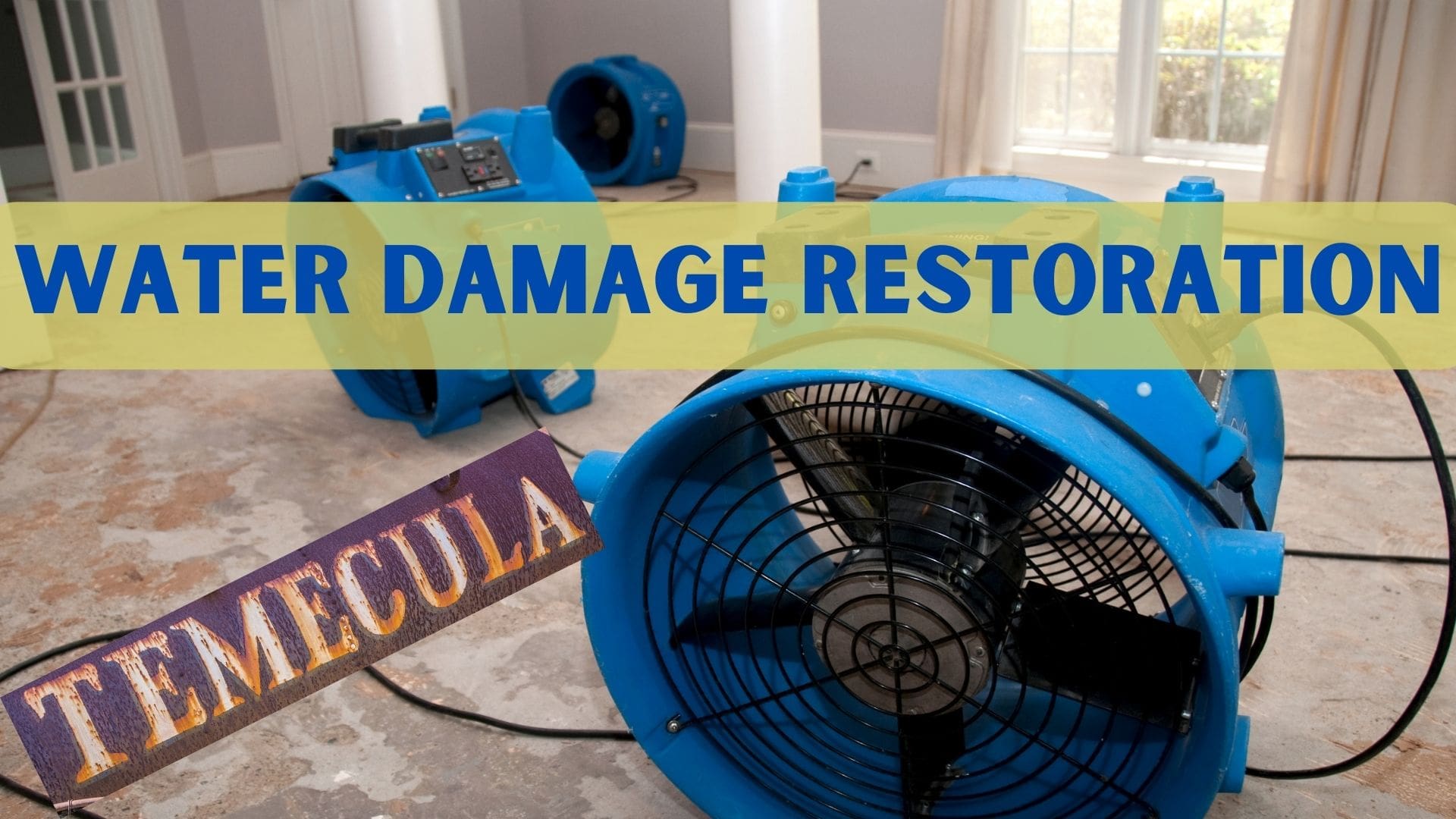
Restoring a house after water damage is a complex and often stressful process. However, by taking immediate action, prioritizing safety, and following these guidelines, you can minimize damage, prevent mold growth, and ensure a successful restoration. Remember that professional help from a restoration service may be necessary for significant water damage cases. You can protect your home and investment by staying informed and proactive.
In times of water damage, acting swiftly and decisively is essential. Whether it’s a minor incident caused by a washing machine leak or a major flood that has exposed your home to black water, the steps outlined in this guide will help you navigate the restoration process effectively. Water damage is challenging, but with the right knowledge and action, you can bring your home back to its former glory.
Superior Restoration is a trusted leader in home restoration after water damage. With a dedicated team of professionals, cutting-edge technology, and a commitment to excellence, they specialize in promptly addressing water-related issues, from clean water damage caused by appliances like washing machines to more complex situations involving black water and structural damage.
Superior Restoration’s expertise and attention to detail ensure that homeowners receive top-quality restoration services, helping them reclaim their homes and peace of mind after water damage. Call us today!

